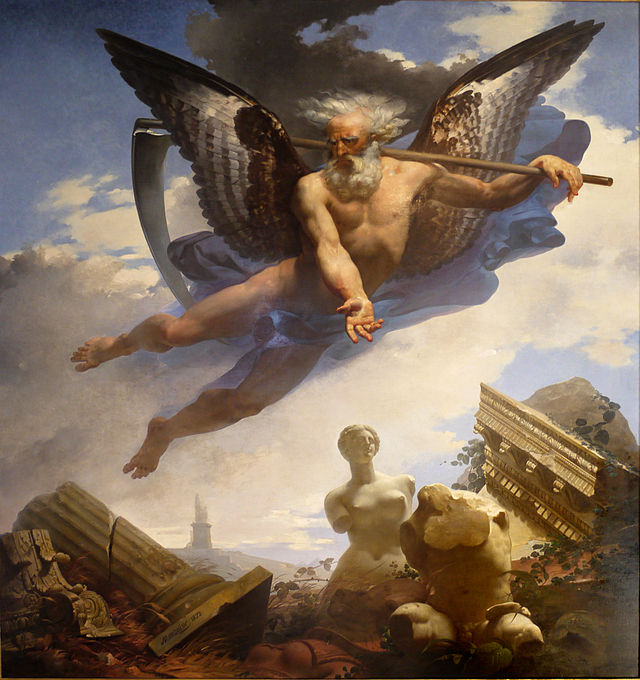Top Qs
Timeline
Chat
Perspective
Jean-Baptiste Mauzaisse
French painter and lithographer (1784–1844) From Wikipedia, the free encyclopedia
Remove ads
Jean-Baptiste Mauzaisse (French pronunciation: [ʒɑ̃ batist mozɛs]; 1 November 1784, Corbeil - 15 November 1844, Paris) was a French painter and lithographer; specializing in battle scenes and portraits.
This article needs additional citations for verification. (April 2022) |


Biography
Summarize
Perspective
He came from a modest background. His father was the organist at Corbeil Cathedral, and could not afford to pay for Jean-Baptiste's studies. At the age of nineteen, he left home and was able to find a position in the studios of François-André Vincent, at the École des Beaux-Arts in Paris. His début at the Salon came in 1808, and he obtained a first-class gold medal there in 1812, for Arab Lamenting the Death of His Courser.[1]
Many of his commissions were for the government, often in collaboration with other artists. These included decorating the apartments of King Louis XVIII, the figures of Prometheus and Tantalus for the Musée de Picardie in Amiens (1819), and several plafonds at the Louvre (1822), in what is now known as the "Salle des Bijoux". These feature figures representing Science, Art, Commerce, and War, as well as the four seasons.[1] For his work there, he was named a Knight in the Legion of Honor in 1823.
He also created decorations for two cathedrals, the Cathédrale Saint-Étienne de Bourges, and the Cathédrale Saint-Pierre-et-Saint-Paul de Nantes. In 1837, he received a personal commission from Louis-Philippe, to portray him at the Battle of Valmy.
A significant number of his works are in private collections. In addition to those at the Louvre, some may be seen at the Metropolitan Museum of Art in New York.
Remove ads
References
Further reading
External links
Wikiwand - on
Seamless Wikipedia browsing. On steroids.
Remove ads
